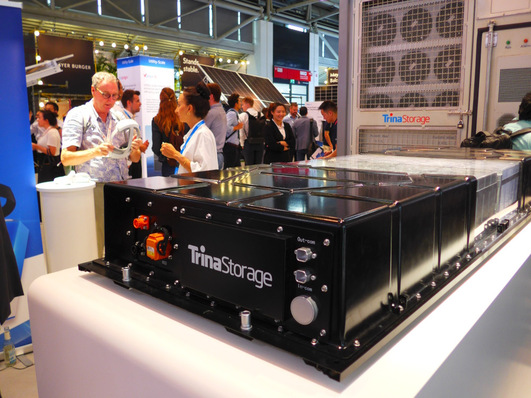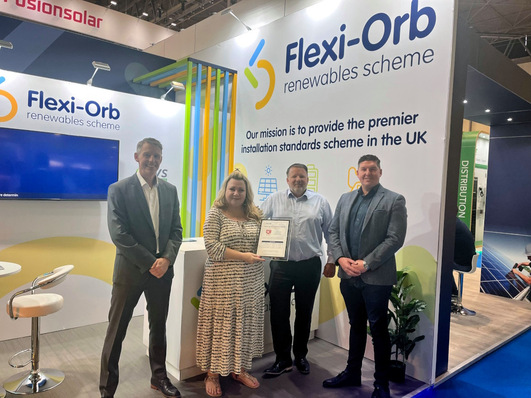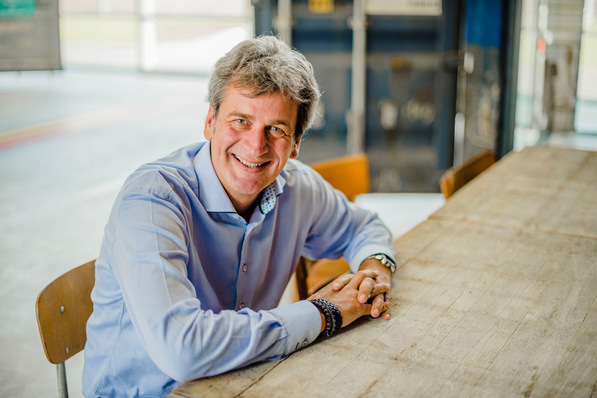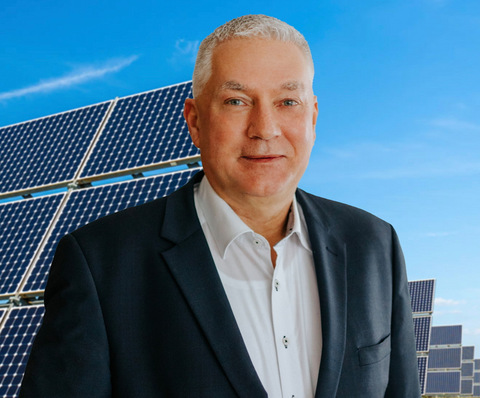The Esteban 10 two-seat race car follows in the footsteps of the university’s single-seater, which won the Formula Sun Grand Prix circuit race in 2018 and 2019 and finished fourth in the 2018 American Solar Challenge. Opes Solutions with its vehicle-integrated solar technology is the project’s lead partner.
300 kg weight and 600 km range
With a total weight of 300 kg and a motor output of 10 kW, Esteban 10 achieves a range of 600 kilometres. The top speed is 115 km/h, the vehicle-integrated monocrystalline solar panels achieve a total output of 1,250 watts, and the built-in battery has a capacity of 9.2 kWh. To achieve the low weight, the solar modules are integrated directly into the vehicle body. The entire vehicle has a carbon fibre monocoque chassis.
See also: Aptera reveals first never-charge solar vehicle
“The Esteban 10 is a hand-built, high-end single unit. Nevertheless, many of the principles & learnings applied in race car construction can be transferred to the series production of vehicle integrated photovoltaic solutions” says Robert Händel, CEO of Opes Solutions. In addition to a high energy density in order to optimally utilize the available surface area, the module must be as lightweight as possible.
Vehicle integrated photovoltaic with lightweight solar modules

Opes Solutions
The custom solar panels that are used weigh a total of only 7 kg. Opes Solutions achieves this by reducing the encapsule material to 0,2 mm. The edge clearance is reduced from 4 mm to 2 mm.
Also interesting: A solar racing car with a skin like a shark
“We have supported the team Esteban from the beginning, because we share the passion and dedication to change the mobility industry and explore the limits of what is technically possible,” Händel explains. Opes Solutions already produces commercially available solar modules for vehicle integration and supports manufacturers in integrating solar technology into vehicle bodies. (mfo)







